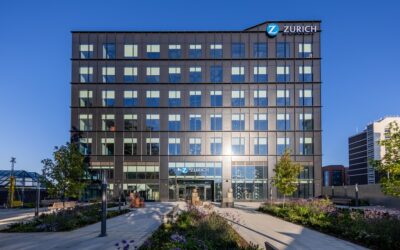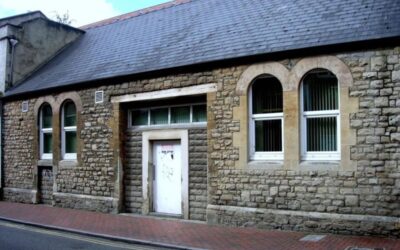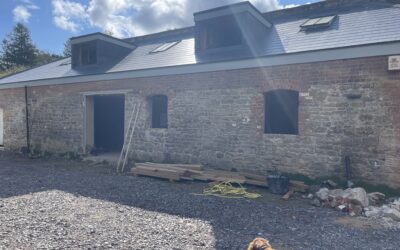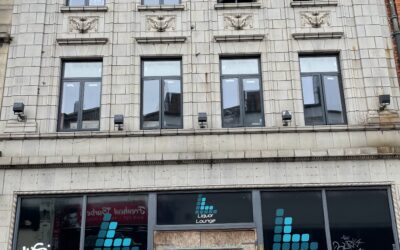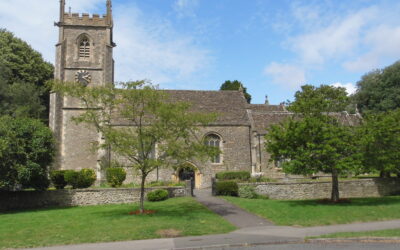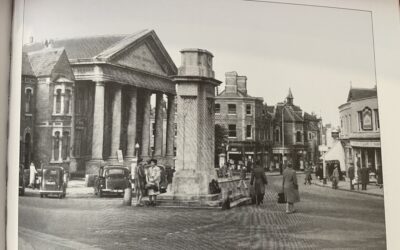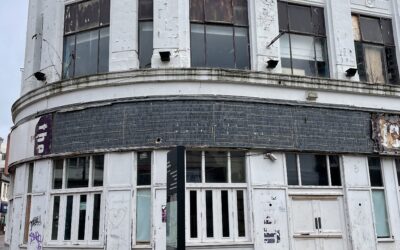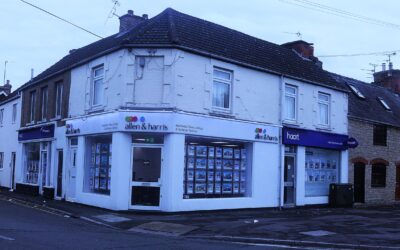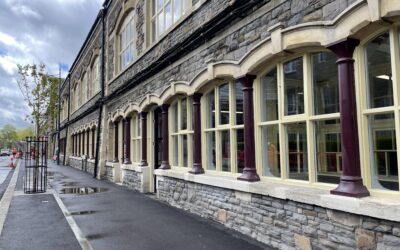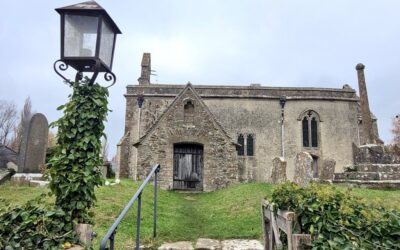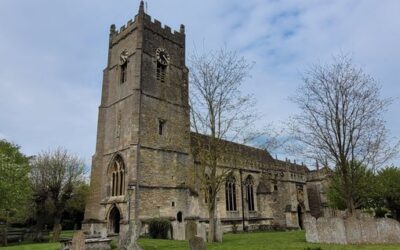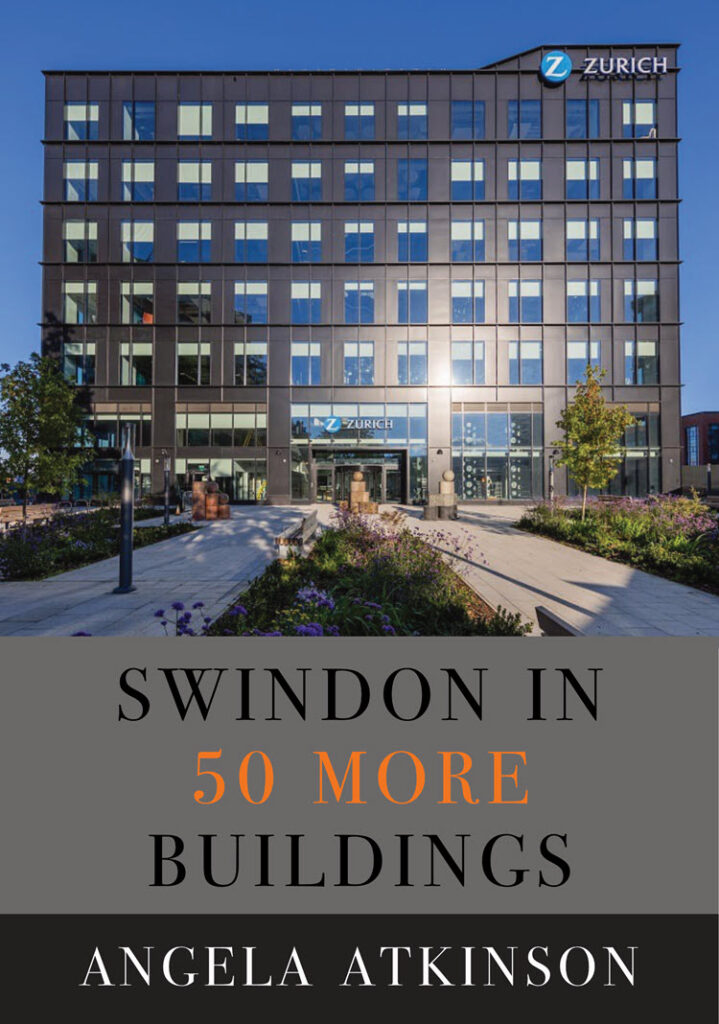Ferndale Road Swindon. Okay, I know, doesn’t sound too exciting a topic eh? But stay with me – it’s more interesting than it sounds. Honest! The reason for my interest in this long, long street is this: I’ve got a contract with Amberley Publishing to produce Swindon in 25 Streets by the back end of next year.
50. Unity Place Zurich Building 2023
Unity Place Zurich Building.
Hurrah! At LAST I’ve made it to No 50 in this Swindon in 50 More Buildings blog series. I began it back in the before times, in 2019, with this piece about the County Ground Hotel. But then the pandemic got in the way. And then a joint authorship of a book about West Swindon interfered. But at last I’m here. I have intention of turning these fifty blog posts into a physical book. With hopes that it doesn’t take me a further five years!
Baptist School/Albion Club
The Baptist School Bridge Street represents a classic example of me not following my own advice of ‘looking up’. Because, when someone posted a picture of what you see below and asked if anyone knew where it was I had to plead ignorance. Despite it being a building I’ve walked past countless times.
49. The Bothy at Burderop 1730s
The Bothy at Burderop, in the walled garden that once belonged to Burderop Manor is going to make an unusual and terrific home. A simply delightful couple, Jules Gilleland and Mark Wheeler, are converting the bothy, and the walled garden in which it sits, into a home. See more about the bothy gardens and the couple’s plans for it here: https://swindonian.me/2024/08/30/introducing-bothy-gardens/
48. 21 Bridge Street Swindon 1920s
21 Bridge Street Swindon. AKA A branch of Swindon Co-operative Provident Society from 1927 onwards.
47. St Mary’s Church Rodbourne C13
St Mary’s Church Rodbourne, given a Grade II listing by Historic England in 1951. The British Listed Buildings website tells us that this is an Anglican parish church of C13, C19 and C20. 1848 saw a rebuild by S. Sage of Swindon.
46. The Baptist Tabernacle 1886
Well. The Baptist Tabernacle. This building, unlike the Corn Exchange demolished by default, is most definitely in the ‘demolished’ category. Having met its date with the wrecking ball back in 1978.
45. The Burton Building Swindon 1931
I’m including the Burton building Swindon in this series for much the same reason as I’ve included 20 Fleet Street – the YMCA building. That reason being to record a fine building (another one) going to waste and dereliction.
Otherwise known as 24-25 Bridge Street, AJ Colborne built it for Montague Burton Ltd and the Lucania Temperance billiard hall. Begun in 1929, 1931 saw it completed.
44. 94 Ermin Street Stratton 1800s
94 Ermin Street Stratton. Today it’s an estate agent but this unprepossessing building was the crucible of the Morse family’s commercial empire. For 94 Ermin Street was the retail premises of Primitive Methodist, Charles Morse. And, if you’ve any knowledge of Swindon’s history at all, the name Morse ought to be familiar to you.
43. The Carriage Works 1868-74
The carriage works. The first thing to say about them is that, despite what you read on the Internet, this collection of buildings are NOT Brunel’s. They are in fact the work/initiative of chief mechanical engineer, Joseph Armstrong.* Brunel died in 1859. And the carriage works didn’t appear for another decade!
42. Inglesham Church 13th Century
Inglesham Church, aka The Church of St John the Baptist, is the second of a trio of 13th century churches that I’m including in this Swindon in 50 More Buildings series. Not that they’re in any particular order, but the first of them is the church of St Michael and All The Angels in Highworth. The third one will focus on St Mary’s church in Rodbourne Cheney but in this post we’re going to Inglesham.
41. St Michael’s Church Highworth 13th C
St Michael’s church Highworth, or to give it its full title, St Michael’s & All Angel’s Church lays claim to being the only 13th century church in the borough of Swindon. So the church’s website states. But St Mary’s at Rodbourne Cheney is 13th century, as the British listed buildings website states. And so too is is the church of St John the Baptist in Inglesham. So that’s a trio of 13th century churches in the borough that I know to. Are there more?


